Two comets and two asteroids will pass close to the Earth in 2013. Stargazers can also look forward to solar eclipses in Australasia and Central Africa, as well as the launch of Europe's magnetic field mission, Swarm.
The infamous asteroid Apophis, named after the Egyptian god of darkness, will pass by the Earth - at a safe distance of almost 15 million kilometers - on January 10, 2013. Astronomers will however be anxiously following its path, and collecting data with optical telescopes and radar antennae.
This 300-meter-wide asteroid may come uncomfortably close when it passes again a decade and a half later. On Friday, April 13, 2029, it will be just 30,000 kilometers (18,640 miles) away from the surface of the planet. That's closer than weather and communications satellites in geostationary orbit, which are 36,000 kilometers (22,370 miles) from the equator.
And seven years after that, there's a one in 100,000 chance that Apophis might even collide with the Earth - with potentially catastrophic results. So everyone has a stake in what scientists find out with their precise radar observations as Apophis passes in January - hopefully confirmation that the asteroid will miss the Earth in 2036 as well.
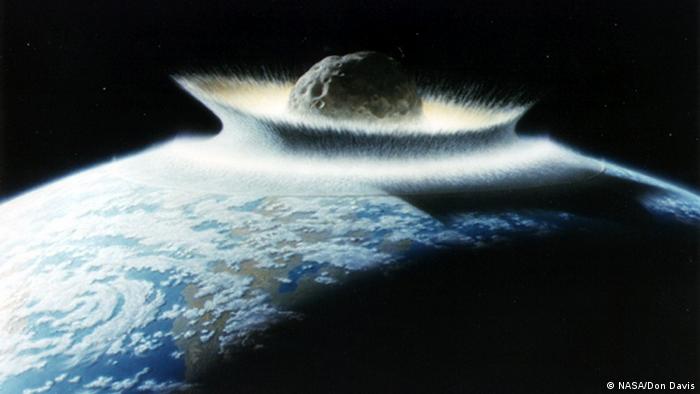 Observations this January should help determine whether or not an asteroid smashes into Earth in 2036
Observations this January should help determine whether or not an asteroid smashes into Earth in 2036
Close shave in February
In mid-February, the asteroid 2012 DA 14 will give some idea of just how close the encounter with Apophis might be, as this space rock will come within 24,000 kilometers (15,000 miles) of the Earth. But this time the astronomers aren't worried about a collision.
On the evening of February 15, stargazers will be able to watch 2012 DA14 through their telescopes as it passes through the constellations of Virgo and the Coma Berenices. As this asteroid is less than 40 meters (130 feet) wide, even if it did crash into Earth, its impact would be regional.
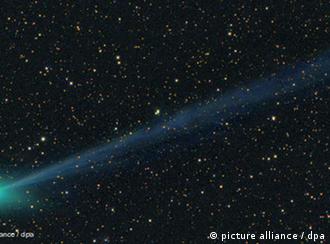 Next year will be a great one for comet-watchers
Next year will be a great one for comet-watchers
If an asteroid is very porous, it disintegrates almost completely in the Earth's atmosphere. Only if it is made of metal will it impact and form a crater. The encounters with Apophis and 2012 DA14 will not present a problem in 2013, but they do highlight the fact that the Earth is in constant danger of cosmic bombardment.
This is why NASA and the European Space Agency, ESA, are working on extending their surveillance systems to recognize potentially dangerous asteroids and plan possible defense missions. A United Nations committee will be presenting a recommendation in February on how best to deal with any concrete threat.
Big comets in March and November
The comet Pan-STARRS will be visible in March - an unexpected visitor from the depths of the solar system. The automatic Pan-STARRS telescope system in Hawaii spotted this chunk of ice in March 2011.
March 10, 2013 will see it pass perihelion, the closest point to the sun - and at the same time it will be closer to the Earth than Mercury, the nearest of the eight planets. After taking its turn around the Sun, Pan-STARRS will pass through the constellations of Pisces and Andromeda, and will be perfectly positioned for observers in the Northern Hemisphere.
Astronomers calculate that Pan-STARRS should then be visible to the naked eye, and will have an impressive tail, providing a good chance that - 15 years after Hale-Bopp - we will finally get to see another great comet streak across our skies.
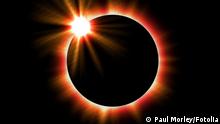 A "ring of fire" solar eclipse will be visible in the South Pacific
A "ring of fire" solar eclipse will be visible in the South Pacific
Later in the year, the comet ISON may prove even more impressive. This body of ice, discovered just last September by the ISON observatory in the Caucasus, will travel around the Sun on November 28, 2013, at a distance of a mere 2 million kilometers (1.24 million miles).
Such proximity means that large quantities of ice and dust will be absolutely boiling off, so the comet should be clearly visible by day as a bright light alongside the Sun. And if it survives its close encounter with the Sun, it will stay as a shining light in the night sky in the days leading up to Christmas.
Not many eclipses
The cosmic play of solar and lunar eclipses will be relatively sparse in 2013. On April 25, the full Moon will just touch the shadow of the Earth, darkening one percent of its surface for observers in Europe, Africa, large parts of Asia and Australia.
However, on May 9 and 10, stargazers in Australia, Indonesia and the Central Pacific will be treated to an annular, or "Ring of Fire," eclipse of the Sun.
And November 3 will see the only total solar eclipse of 2013. The zone of totality will mostly be across the Atlantic, but will also touch Gabon, Congo, Uganda and Kenya. It will be partially visible across Africa, in the far east of the United States, the northern part of South America, in southern Europe, and on the Arabian peninsula.
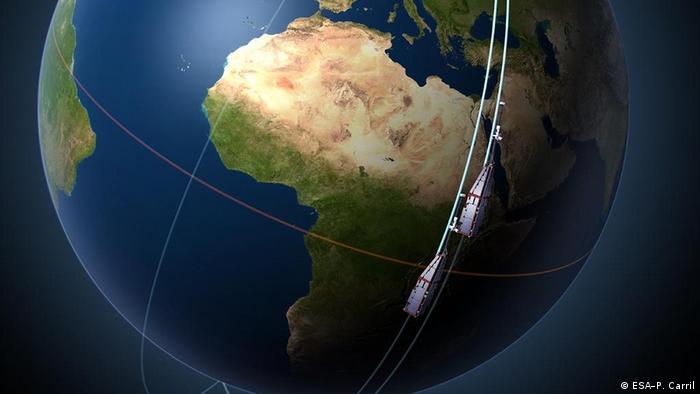 The ESA's Swarm mission will be exploring the mysteries of the Earth's magnetic field
The ESA's Swarm mission will be exploring the mysteries of the Earth's magnetic field
Europe's magnetic field satellite
For the ESA, the high point of 2013 will be the launch of its three Swarm satellites in April. Built in Friedrichshafen by the firm Astrium, the satellites will carry out unprecedented exploration of the Earth's magnetic field. The Swarm mission cements ESA's status as a leading international player in scientific observation of the Earth.
The probes have been ready for almost a year, but problems with the Russian rocket that was to carry them have meant that the launch was repeatedly postponed. In 2013, the satellites will be sending back data from their position 500 kilometers above the Earth.
And China is currently planning a manned flight to its space station, Tiangong. On the political level, there are likely to be further efforts throughout 2013 to make China a partner in the International Space Station - something that, until now, the United States has categorically rejected.
Meanwhile, it's business as usual at the International Space Station (ISS). The ESA will again have an astronaut at the outpost in 2013: Luca Parmitano moved in this past May, and will be conducting experiments in the Columbus space laboratory for six months. Another ESA astronaut, the German Alexander Gerst, is also due to travel to the ISS for a six-month stint in 2014. dw de
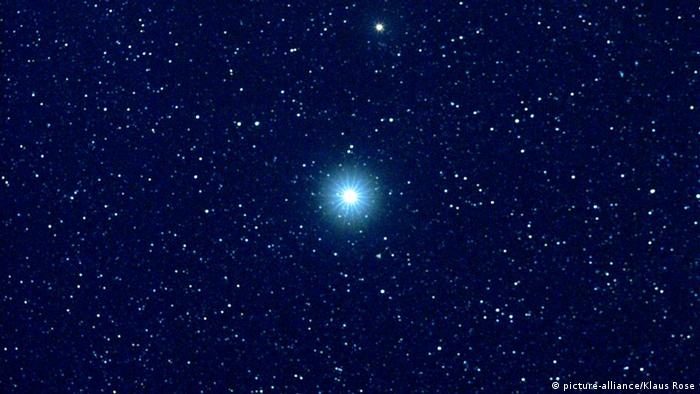

No comments:
Post a Comment